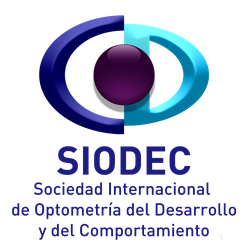
Early visual development is not a race towards constant stimulation, but a biological construction guided by the rhythm of neurodevelopment. In this interview, Lucila To explains how to apply the Skeffington's 4 Circles model to detect, support, and guide families in the early years of a child's visual life. A conversation that focuses on the importance of order, the quality of the connection between sensory systems, and the essential role of the optometrist in early prevention and intervention.
What aspects of Skeffington's 4-circle model do you consider most critical for early visual development and why?
Each of the circles constitutes a specific fundamental area in development and in the connection between systems, which will promote neurodevelopment. Each question linked to each circle gives us an idea of an order in the construction of the visual system. Where am I? Where are the people or objects? What are they? and How can I interact with the world of objects and people through verbal and non-verbal communication?
“Each circle of Skeffington guides us in the natural order of constructing the visual system: the where, the who, the what, and the how of our relationship with the world.”
In your experience, what is the most common mistake parents make when visually stimulating their babies?
That stimulate too much. The regulation of stimulation is fundamental at this moment in history. To stimulate is not to saturate but to surprise.
What role does the optometrist play in this case?
Detect whether visual development is optimal with various visual assessments coinciding with motor development milestones and monitor the achievement of the emmetropization process. Provide appropriate guidelines for each stage so that stimulation adequately builds communication between systems.
In the workshop, will there be a discussion on how to differentiate between normal visual development issues and those that require early intervention?
In the workshop, we will discuss order as biology has designed optimal visual development, which serves as a guide for the development of the typical and the atypical.
